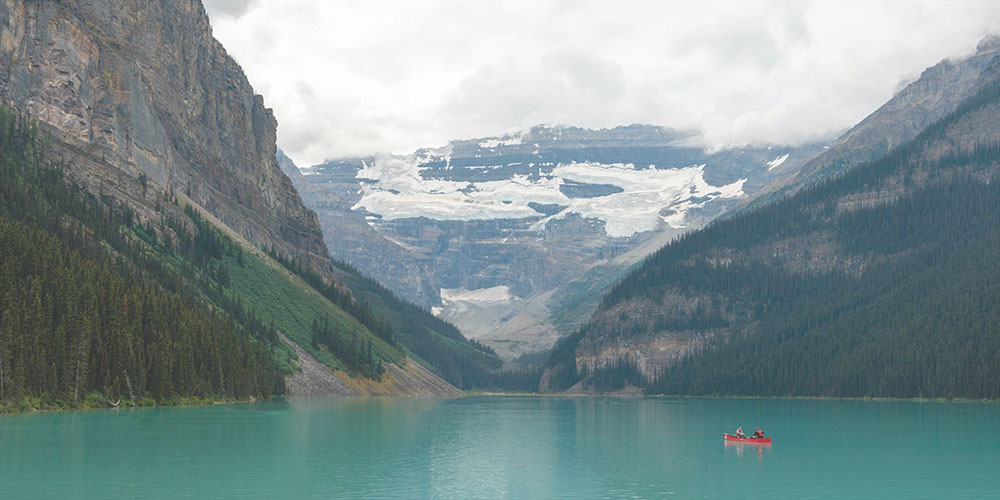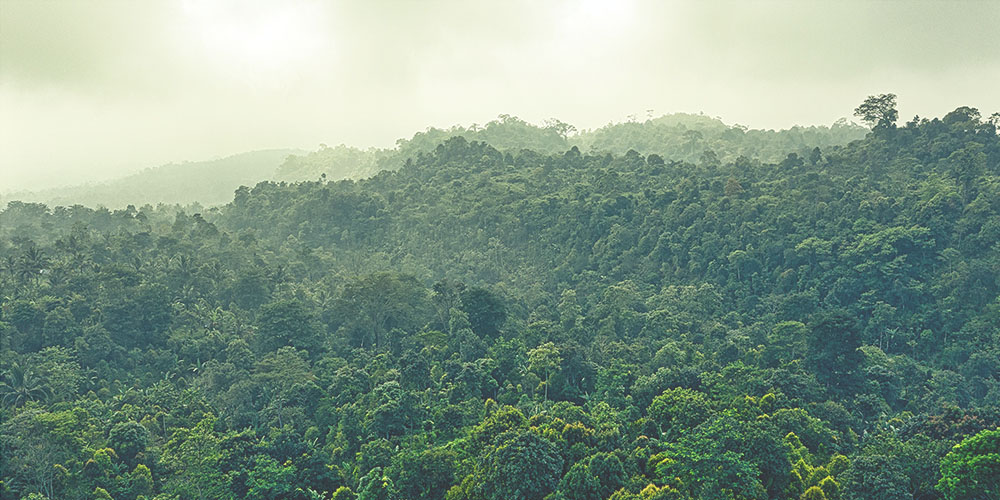
Community Character
Students explore community character and investigate ways that communities, including their own, are responding to growth and development pressures.

Students explore community character and investigate ways that communities, including their own, are responding to growth and development pressures.

Students investigate and report on their connection with a special place and with their greater community.

Students explore their connections to the world’s forests by researching a forest in another country or region and by creating a profile about that forest.

Using paper as an example, students analyze the life cycle and consumption patterns of forest products, and identify the international dimensions of product use. They then draw conclusions about consuming forest products in a more intelligent way.

Students conduct a simulation in which countries use their forest resources to “manufacture” products and to sell them to an international trader. Through the simulation, students explore some of the tradeoffs of resource use.

Students consider indicators that a forest is sustainable, and learn about one international initiative for monitoring forest sustainability. They also find out what is being done locally and in other countries to determine sustainability.

In this activity, students analyze the effects of different ways that people use the world’s forests and determine which effects may be sustainable according to one definition.

Students analyze factors that can change forests by using data sets, maps and other information. They also examine projections about future climate conditions and explore how these factors may change forests in the 21st century.

A holistic system of global ecological zones is now used to classify the world’s forests. In this activity, students examine this system to see how temperature and moisture determine the type of forest in a given locale.

Dozens of official definitions of the term forest are in use throughout the world. In this activity, students analyze various definitions of this term and then consider different cultural perspectives that affect people’s perceptions of forests.